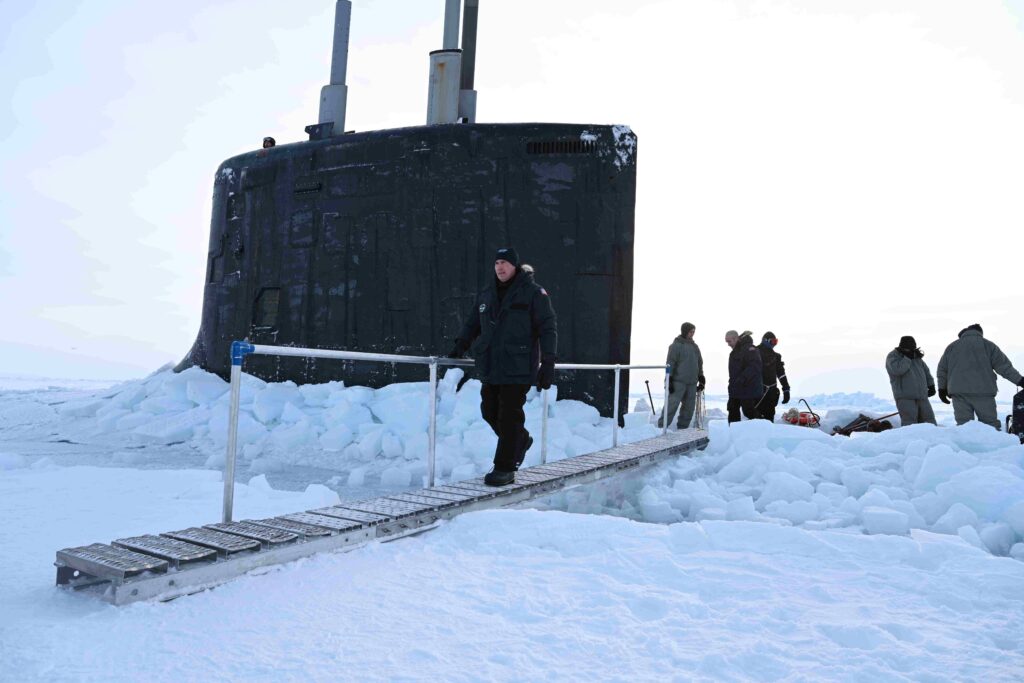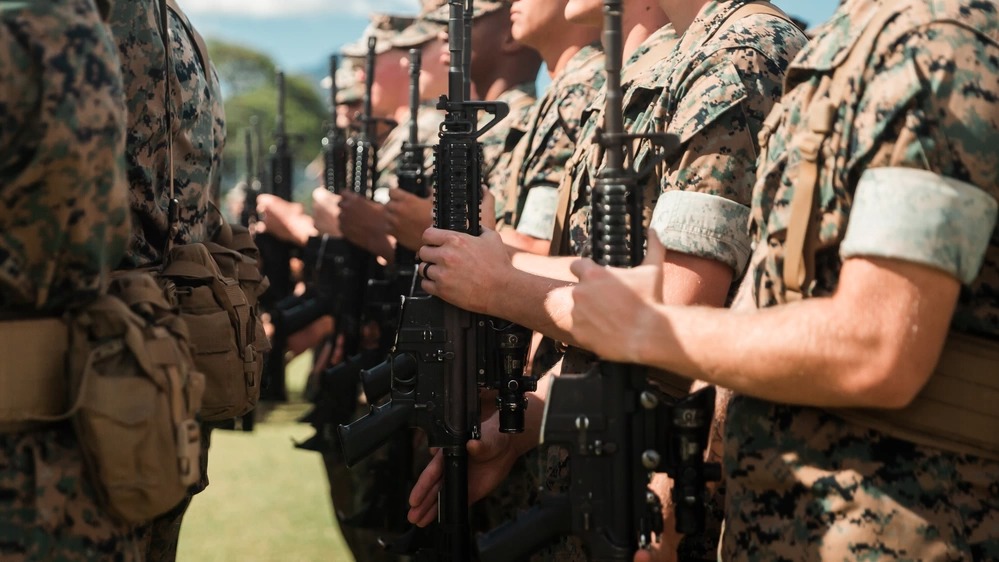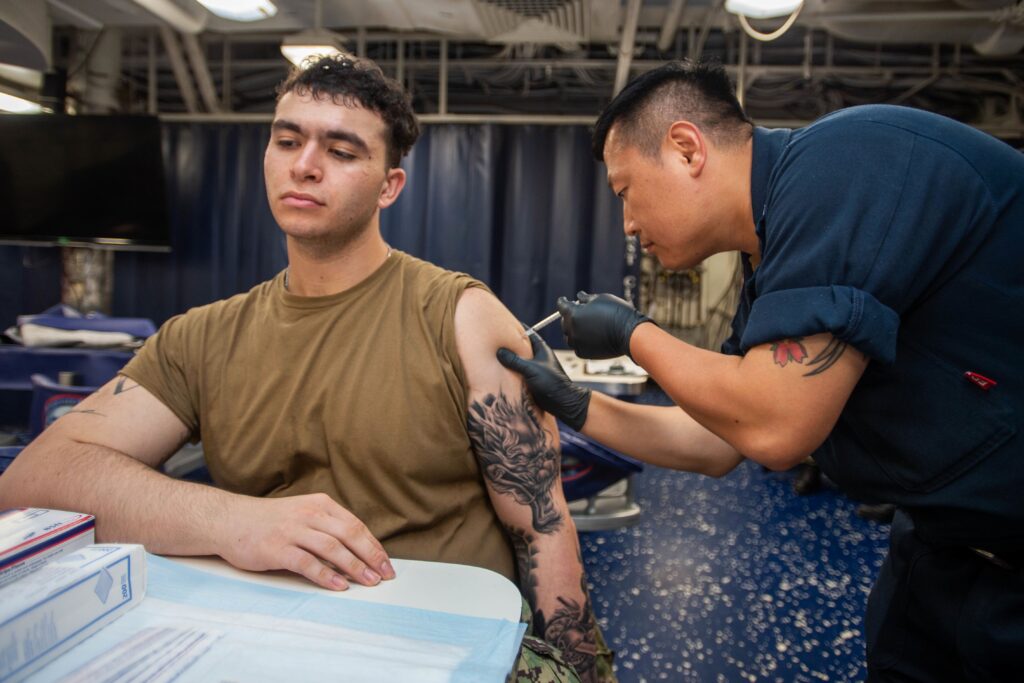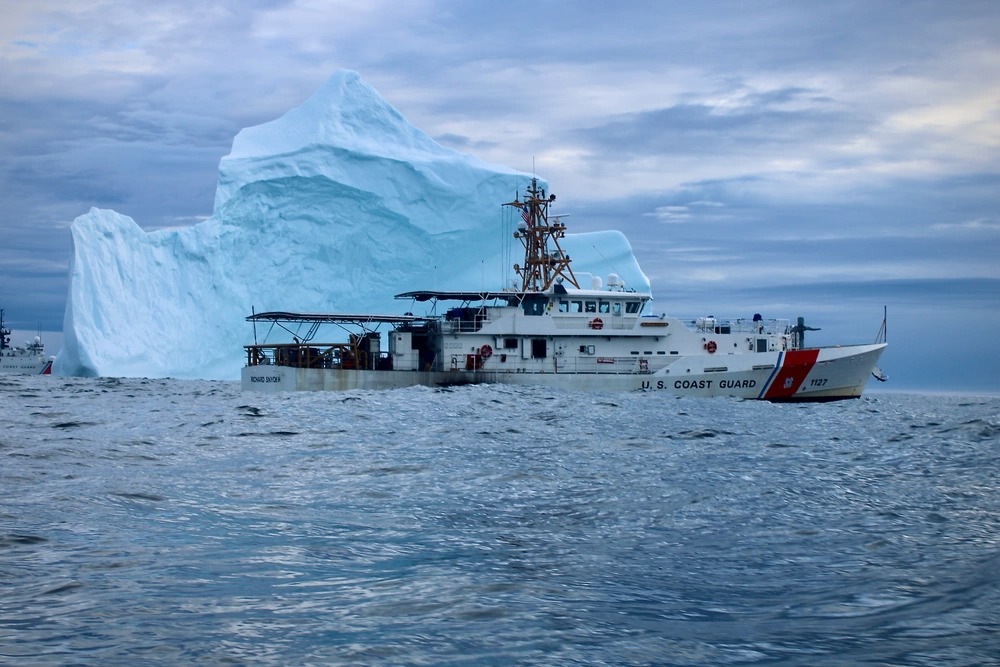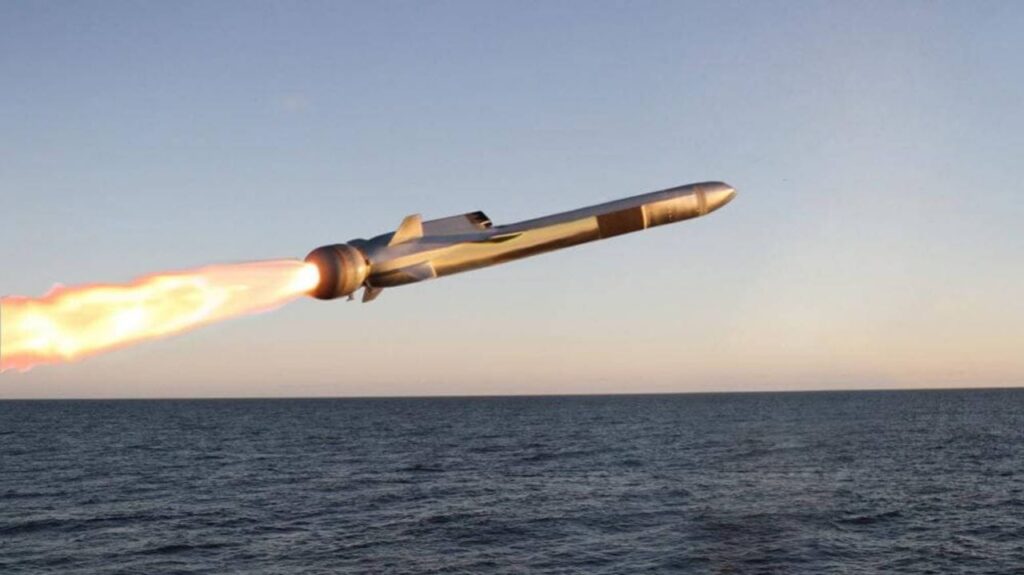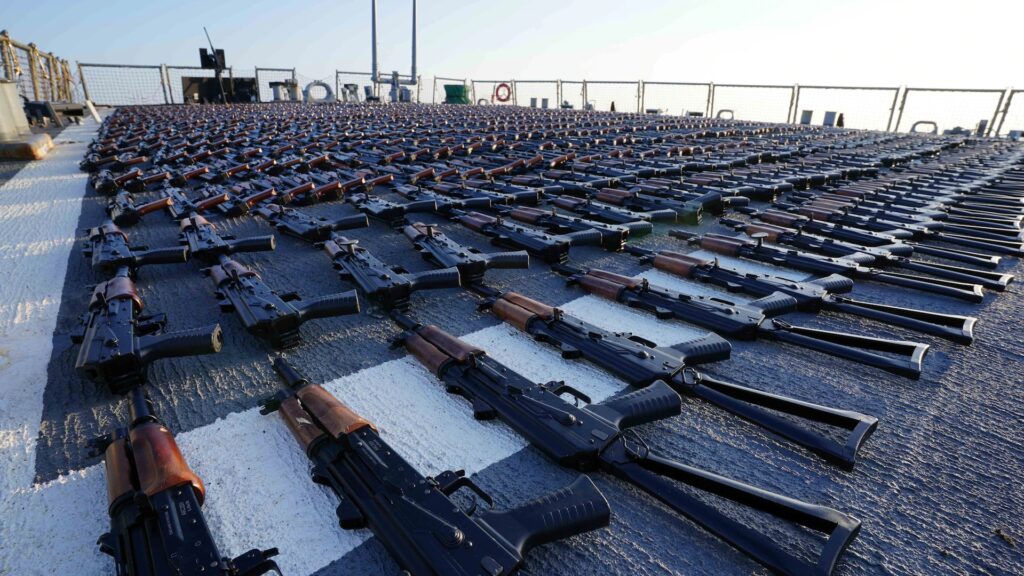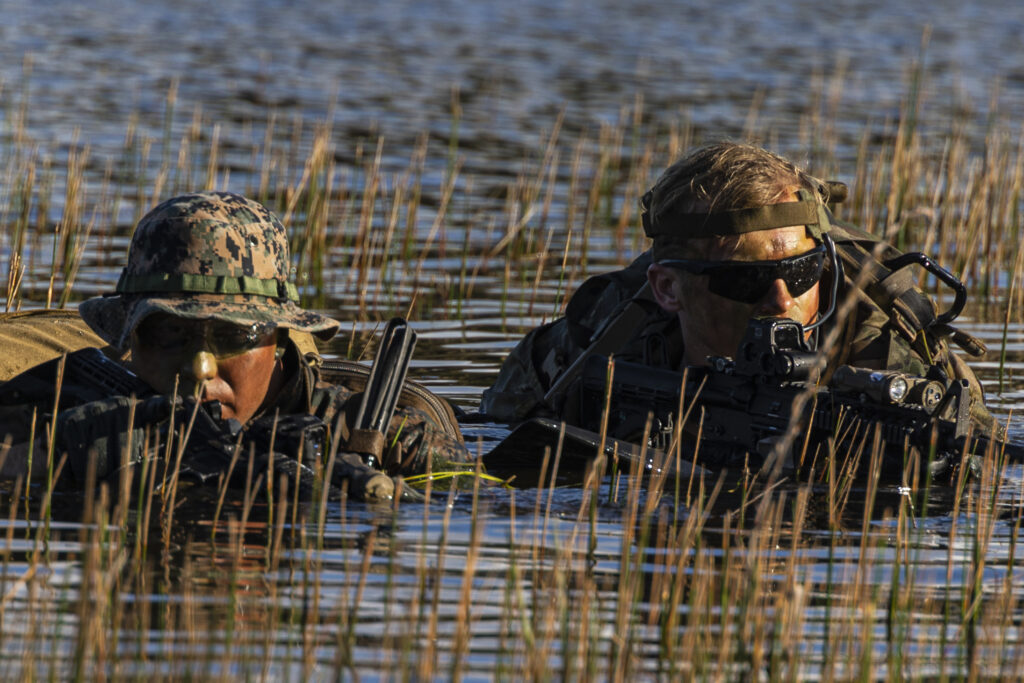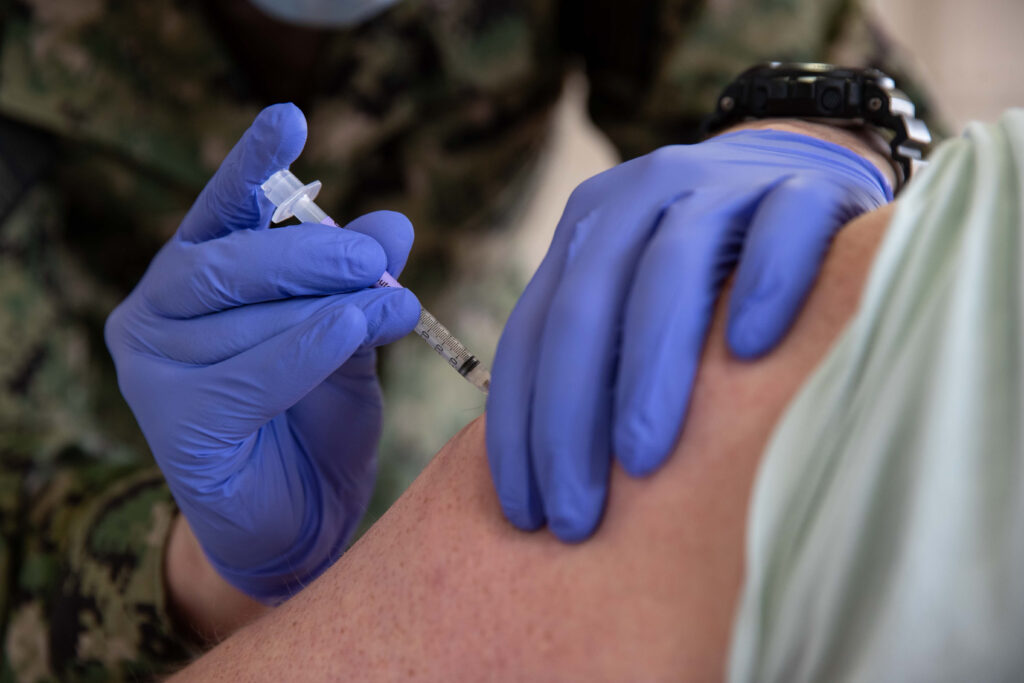Shall We Play a Game? Winning Isn’t the Point, Experts Say

NATIONAL HARBOR, Md. — War games may be a useful tool for leaders dealing with regional conflicts and great power rivalry, but the purpose isn’t to win, according to a panel of gaming experts.
“Many people think war games are a boot camp for victory, in reality, war games get you to think about multiple choices, courses of action for the tactical, the operational and the strategic levels of war, so it’s really not necessarily about winning,” said panel moderator Dr. Steven Wills, Navalist, at the Center for Maritime Strategy, Navy League of the United States.
Panel members echoed Wills’ comment at the Navy League’s 2023 Sea-Air-Space Expo.
“A single, well-designed game predicts ‘a’ future, not ‘the’ future,” said Commander Phillip Pournelle, USN (Ret.), Senior Operations Analyst and Wargame Design at Group W, an analysis, modeling and research company. The best it can do is provide insights into the future, “in a manner similar to how a shotgun hits a duck.”
“Winning is the wrong way to look at wargaming,” said Jeremy Sepinsky, Lead Wargame Designer, CNA. “If you win a war game, you have discovered one potential way of success among an infinite number of choices that all must follow that exact alignment for your success to be realized.” But losing a wargame identifies “how your systems are going to fail,” Sepinsky said, adding even if you don’t know how it failed it can point to what happens if it fails and how to mitigate that failure.
The session ended with all of the panelists demonstrating wargames they had developed like the Taiwan Straits game by Dr. Matt Cancian, of the U.S. Naval War College and the Center for Strategic and International Studies.
Most were complex with a blizzard of rules like IUU (illegal, Unreported, Unregulated) Fishing game, with a variety of dice, playing cards representing fishing boats, tiny fish, zoned areas marked with numbers indicating fisheries’ size. “You are a fishing fleet, your job is to fish,” explained Sepinsky, “each of the ships has a certain profit quota that you’re trying to make.”
The cards representing the ships have two sets of gauges “one for the welfare of the people on your ship. What are you wages. How are your social security benefits? Are you paying into their retirement plans,” said the game-co-creator.” On the right hand side you’ve got the safety of the ship. Is it patched? Is it leaking oil. Does it meet regulations and standards for the waters you’re going to be fighting in?”
In some wargames “you want them to lose just a little bit,” Dr. Yuna Wong of the Institute for Defense Analyses said. The purpose was to see what could go wrong and identify potential problems and weaknesses. Some organizations want to use wargames to validate or prove plans. “Remember wargames can’t prove anything and they can’t validate anything,” she said.
